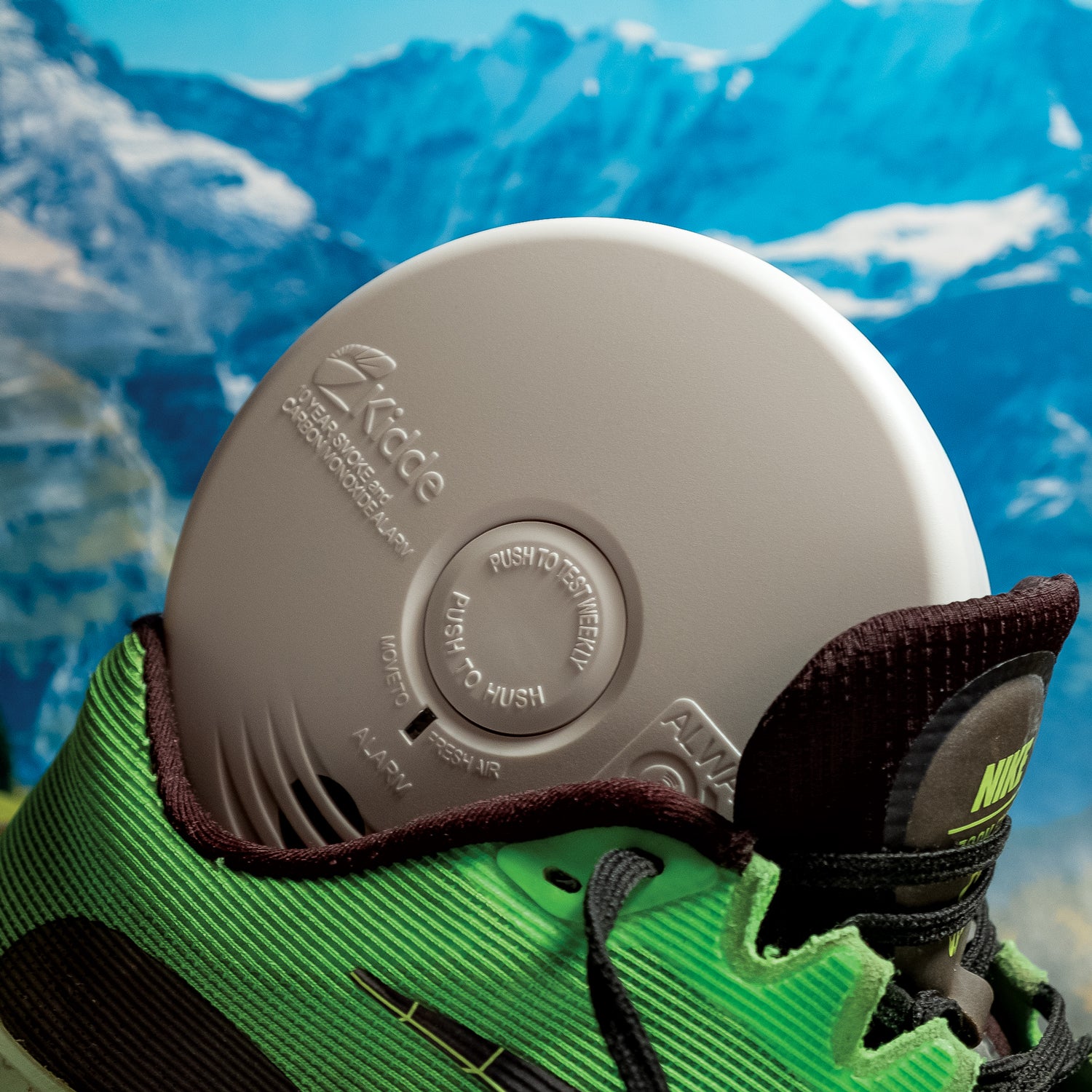Back in 1969, naval researchers took blood samples from the crew of a Polaris nuclear submarine over the course of an eight-week patrol. Three-quarters of the sailors were smokers, so carbon monoxide levels were chronically elevated in the sealed confines of the sub. After a few weeks in this toxic miasma, the crew’s levels of hemoglobin, the crucial protein in red blood cells that ferries oxygen from the lungs to the muscles, had shot up by an average of 4.4 percent. Secondhand smoke had somehow turned the submariners into aerobic superstars.
This finding, along with others like it, was filed away for decades. After all, smoking destroys your lungs, so any performance benefits are outweighed by the harms. But then, last year, the idea exploded. Scientists published fresh data showing that huffing carbon monoxide could boost endurance. Other scientists responded with editorials warning against fooling around with a gas whose nickname is “the silent killer.” And headlines around the world trumpeted the news that Tour de France teams were inhaling the gas—confirmation, seemingly, of the cliché that elite athletes will accept any risk in exchange for victory. The full story, though, is a bit more complicated.
The quest for endurance is, in part, about hemoglobin. More hemoglobin means more oxygen delivered to your muscles, which means you can run or ride or swim faster, for longer. Starve your muscles of oxygen in training and your body responds by secreting EPO, a hormone that stimulates the production of hemoglobin-carrying red blood cells. That’s how altitude training works: There’s less oxygen available, so your body produces more EPO to compensate. (It’s also why synthetic EPO is the banned drug of choice among endurance athletes.)
Virtually all performance-enhancing drugs are associated with health risks, and that hasn’t harmed their popularity.
When you inhale carbon monoxide, some of your red blood cells ferry molecules of it (instead of oxygen) around your body. Carbon monoxide attaches to hemoglobin and doesn’t let go, making those red blood cells unavailable to carry oxygen for many hours. It’s like altitude training in a bottle: Your body will sense the oxygen shortage and respond by producing EPO. But inhale too much and you won’t deliver sufficient oxygen to your heart and brain—and once your hemoglobin is clogged with carbon monoxide, it’s not easy to reverse. Around 1,200 people die every year in the United States from deliberate or accidental carbon monoxide poisoning.
So carbon monoxide as a performance booster has been understood but mostly unspoken. It wasn’t until 2018 that the idea got more concrete. An initial study confirmed that deliberately breathing carbon monoxide boosted EPO. The next year, researchers in China, tasked with preparing their country’s athletes for the 2022 Beijing Winter Olympics, reported that college soccer players who inhaled the gas five times a week increased their hemoglobin levels. A 2020 German study, in which subjects inhaled the gas five times a day, reached similar conclusions. Most recently, a study published last fall by researchers in Norway combined altitude training with twice-daily carbon monoxide inhalation for a synergistic effect.
But there hasn’t been a single verified report of an athlete actually using this technique. I reached out off-the-record to contacts in several elite endurance sports, as well as researchers in the field, and none of them had heard even rumors of real-life usage. The risk, so far, is theoretical. The headlines during the Tour de France referred to the use of small doses of carbon monoxide to measure hemoglobin levels. This technique has long been used in elite sport to check how athletes are responding to altitude training, but the doses are too low to boost performance. There is a gray area here: Once you’ve got the carbon monoxide device in the team van, there’s a temptation to use it. But would elite athletes, these paragons of super-fitness, really take such a dumb risk?
Whether rational or not, we all accept nonzero risks in pursuit of goals.
It’s a fair question. In the 1980s and ’90s, Chicago doctor Robert Goldman circulated a now-infamous series of questionnaires among elite athletes, asking if they would take an undetectable drug that would make them unbeatable for five years—and then die of the side effects. Roughly half the athletes accepted the bargain, he reported. Goldman’s Dilemma, as it’s now known, is often cited as evidence of the modern athlete’s off-the-charts focus on winning, regardless of the costs. And indeed, virtually all performance-enhancing drugs are associated with health risks, and that hasn’t harmed their popularity. “You have guys who will go to the funeral of a friend who died from this stuff, come home, and inject it again,” an anonymous Olympic runner told Sports Illustrated in a 1997 article about Goldman’s Dilemma.
But it’s not clear whether Goldman’s respondents were taking the question seriously, or whether attitudes have changed. Recent attempts to replicate Goldman’s results raise doubts. A 2018 study from Duke University estimated the “maximum acceptable mortality risk” that nearly 3,000 athletes would accept in exchange for the guarantee of Olympic gold. No one took the deal if it meant certain death. Depending on the sport and the level of competition, athletes were, on average, willing to accept somewhere between 7 and 14 percent risk of a fatal heart attack.
That’s still a big risk. But it’s comparable, the researchers point out, to the risks people say they’re willing to accept in exchange for other life-changing outcomes, like relief from their rheumatoid arthritis. And it’s not fundamentally different from the types of risk you might encounter on mountain expeditions, in extreme sports, or in the backcountry. Whether rational or not, we all accept some risks in pursuit of our goals. So it seems unlikely that the theoretical possibility of a fatal mishap will be enough, on its own, to dissuade athletes from trying to get a boost from carbon monoxide.
In February, the UCI, cycling’s international governing body, banned repeated carbon monoxide inhalation to boost performance, while the use of single doses to measure hemoglobin will still be allowed. This may seem like one of those wishy-washy compromises that’s almost impossible to enforce: the substance itself is permitted, but you have to promise you’re using it for the right reasons. But I think it’s the right call. Anti-doping agencies should, of course, be trying to catch unrepentant cheaters. But they also have a crucial role to play in setting broader norms about what risks we should or shouldn’t be willing to accept in pursuit of gold. Motivated athletes will do whatever the rules permit—so let’s not ask them to suck on a tailpipe five times a day, any more than we would lock them in a nuclear sub with a crew of chain-smokers.
This piece first appeared in the summer 2025 print issue of Outside Magazine. Subscribe now for early access to our most captivating storytelling, stunning photography, and deeply reported features on the biggest issues facing the outdoor world.


